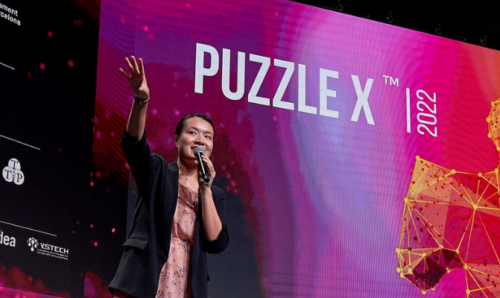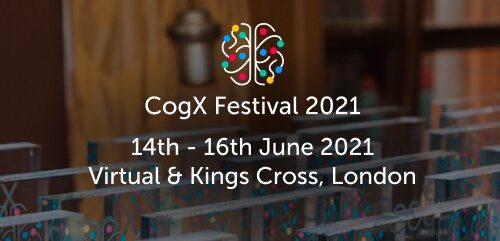Graphene innovation has the potential to make a big impact in Abu Dhabi
Collaborations 9 January 2020
James Baker CEO Graphene@Manchester highlights the innovation partnership between Graphene@Manchester and Abu Dhabi in the run-up to the World Future Energy Summit (*based on an article being published in the Nixene Journal)
Manchester is pioneering a model of innovation that has a global reach – and Abu Dhabi is set to be among the first to benefit as the emirate and the wider region looks to build an even more sustainable future.
As the ‘home of graphene,’ the world ‘s first two-dimensional material, Manchester has built a unique ecosystem of world leading expertise, including Nobel-prizewinning scientists such as Andre Geim plus another 350 colleagues dedicated to graphene–related research and innovation.
Thanks to our accelerated lab-to-market commitment we have now developed the ‘Manchester model’, an exemplar of how we can commercialise science through close collaboration with pioneering partners – such as those based in Abu Dhabi.
We therefore value our partnership with Masdar and the Abu Dhabi-based Khalifa University of Science and Technology who are fully engaged with our own Manchester research and innovation community.
Masdar, a leader in sustainable developments, had the foresight to invest in one of our flagship facilities, the Graphene Engineering Innovation Centre (GEIC) which directly supports graphene commercialisation.
The GEIC, which is housed in the purpose-built Masdar Building and based at The University of Manchester, has the capability to operate at the kilogram and square metre scale which allows us to rapidly develop and prototype industrial scale applications with a ‘fail fast, learn fast’ approach.
And I believe we are now reaching a commercial ‘tipping point’ as we begin to see graphene and associated two dimensional materials become embedded into a wide range of products. People will talk less about graphene as a material in its own right and more about experiencing the benefits of graphene and how it is supporting, for example, a greener and more sustainable world.
For communities in Abu Dhabi and the wider region I expect this will manifest in a number of ways, including:
- Construction: the region is making ambitious capital investments which is driving the construction and infrastructure sectors. The use of graphene in concrete, for example, can make this building material stronger, more water-resistant and eco-friendly – it is estimated that 60m tonnes of CO2 a year could be saved by using graphene-enhanced concrete in the Middle East and Africa.
- Water filtration: Abu Dhabi produces much of its portable water supply (including drinking water) from desalinated seawater from the Arabian Gulf, so water filtration technology is of huge interest. Graphene-based membranes have been described as the perfect barrier as they’re capable of separating two liquids to an exceptional degree and can also block even the smallest atom, helium, from passing through. Our applied research will enable future filtration systems to precisely control water permeation – from ultrafast permeation to complete blocking
- Transport of the future: Abu Dhabi is looking to pioneer transport of the future such as a hyperloop, a super high-speed transport system. Graphene has many applications in the mobility sector, from the lightweighting of vehicles to improving the performance of electrified powertrains or high-tech transport infrastructure
- Energy Storage: as Abu Dhabi looks to adopt even more sustainable energy solutions it should be remembered that graphene has a very high surface area and has the highest theoretical electrical conductivity of any material – as such, it is an ideal candidate for improving energy storage devices such as batteries and supercapacitors.
To find out more about graphene and its applications visit us at the Masdar pavilion at the World Future Energy Summit (January 13 to 16) or visit www.graphene.manchester.ac.uk
Photo by American Public Power Association on Unsplash




